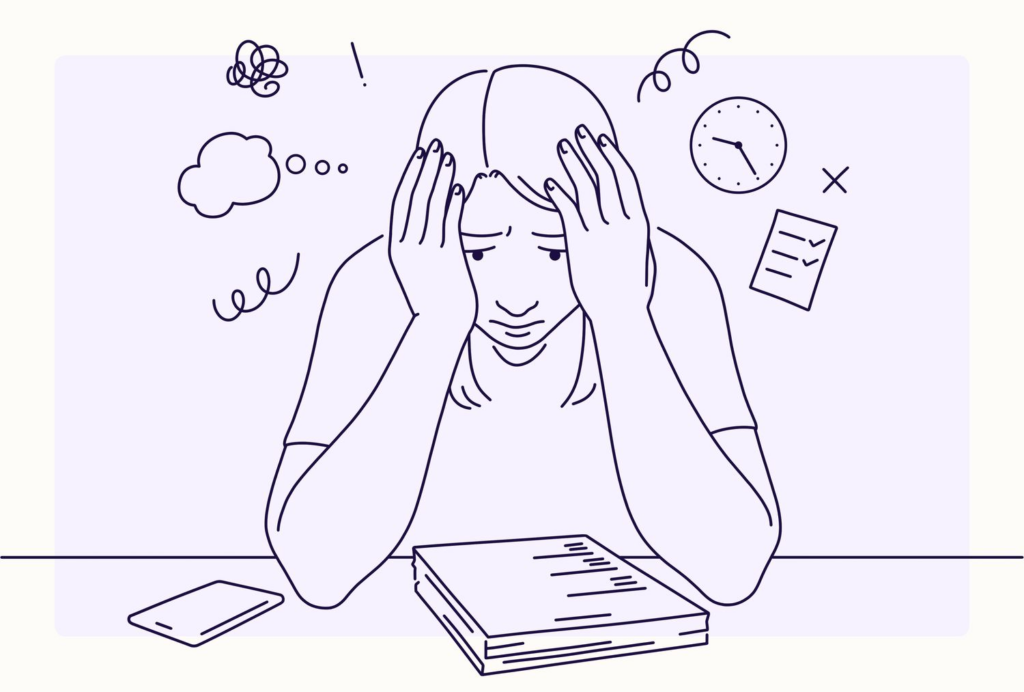‘Aavesham’ fame actor Fahadh Faasil recently made a confession about his mental health at the inauguration of a school in Kothamangalam. The actor said he was diagnosed with Attention Deficit Hyperactivity Disorder aka ADHD at 41. He revealed it while inaugurating the Peace Valley School, which focuses on rehabilitating children with special needs. The actor said, “While walking through the premises of the school, I inquired whether it’s easy to cure ADHD. I was told, if diagnosed in childhood, it is possible. I asked whether it could be cured if diagnosed at 41.
That’s when I was clinically diagnosed with ADHD.” The symptoms of ADHD are inattention, hyperactivity, hyperfocus and impulsivity. Those with the condition also think in a nonlinear manner often, which helps them to be creative. Many actors have confessed in the past that they were diagnosed with ADHD. Ryan Goslin, Justin Timberlake, Will Smith, Channing Tatum, Jim Carrey, Sushant Singh Rajput and Emma Watson are a few of the well-known artists who have opened up about their struggles with ADHD. If the diagnosis of ADHD happens late in life like in the case of Fahadh, a multi-faceted approach combining medical, psychological, and lifestyle strategies is employed to handle it.
Also Read Johnny Wactor, Star of ‘General Hospital,’ was Shot Dead in a Robbery Incident.
What is ADHD?
Attention-deficit/hyperactivity disorder (ADHD) is marked by an ongoing pattern of inattention and/or hyperactivity-impulsivity that interferes with functioning or development. People with ADHD experience an ongoing pattern of the following types of symptoms:
- Inattention means a person may have difficulty staying on task, sustaining focus, and staying organized, and these problems are not due to defiance or lack of comprehension.
- Hyperactivity means a person may seem to move about constantly, including in situations when it is not appropriate, or excessively fidgets, taps, or talks. In adults, hyperactivity may mean extreme restlessness or talking too much.
- Impulsivity means a person may act without thinking or have difficulty with self-control. Impulsivity could also include a desire for immediate rewards or the inability to delay gratification. An impulsive person may interrupt others or make important decisions without considering long-term consequences.
What are the signs and symptoms of ADHD?
Some people with ADHD mainly have symptoms of inattention. Others mostly have symptoms of hyperactivity-impulsivity. Some people have both types of symptoms.
Many people experience some inattention, unfocused motor activity, and impulsivity, but for people with ADHD, these behaviors:
- Are more severe
- Occur more often
- Interfere with or reduce the quality of how they function socially, at school, or in a job

Also Read Diabetes Tip: 14 healthy strategies to control your blood sugar all over the summer heat.
Inattention
People with symptoms of inattention may often:
- Overlook or miss details and make seemingly careless mistakes in schoolwork, at work, or during other activities
- Have difficulty sustaining attention during play or tasks, such as conversations, lectures, or lengthy reading
- Not seem to listen when spoken to directly
- Find it hard to follow through on instructions or finish schoolwork, chores, or duties in the workplace, or may start tasks but lose focus and get easily sidetracked
- Have difficulty organizing tasks and activities, doing tasks in sequence, keeping materials and belongings in order, managing time, and meeting deadlines
- Avoid tasks that require sustained mental effort, such as homework, or for teens and older adults, preparing reports, completing forms, or reviewing lengthy papers
- Lose things necessary for tasks or activities, such as school supplies, pencils, books, tools, wallets, keys, paperwork, eyeglasses, and cell phones
- Be easily distracted by unrelated thoughts or stimuli
- Be forgetful in daily activities, such as chores, errands, returning calls, and keeping appointments
Hyperactivity-impulsivity
People with symptoms of hyperactivity-impulsivity may often:
- Fidget and squirm while seated
- Leave their seats in situations when staying seated is expected, such as in the classroom or the office
- Run, dash around, or climb at inappropriate times or, in teens and adults, often feel restless
- Be unable to play or engage in hobbies quietly
- Be constantly in motion or on the go, or act as if driven by a motor
- Talk excessively
- Answer questions before they are fully asked, finish other people’s sentences, or speak without waiting for a turn in a conversation
- Have difficulty waiting one’s turn
- Interrupt or intrude on others, for example in conversations, games, or activities
Primary care providers sometimes diagnose and treat ADHD. They may also refer individuals to a mental health professional, such as a psychiatrist or clinical psychologist, who can do a thorough evaluation and make an ADHD diagnosis.
For a person to receive a diagnosis of ADHD, the symptoms of inattention and/or hyperactivity-impulsivity must be chronic or long-lasting, impair the person’s functioning, and cause the person to fall behind typical development for their age. Stress, sleep disorders, anxiety, depression, and other physical conditions or illnesses can cause similar symptoms to those of ADHD. Therefore, a thorough evaluation is necessary to determine the cause of the symptoms.
Most children with ADHD receive a diagnosis during the elementary school years. For an adolescent or adult to receive a diagnosis of ADHD, the symptoms need to have been present before age 12.
ADHD symptoms can appear as early as between the ages of 3 and 6 and can continue through adolescence and adulthood. Symptoms of ADHD can be mistaken for emotional or disciplinary problems or missed entirely in children who primarily have symptoms of inattention, leading to a delay in diagnosis. Adults with undiagnosed ADHD may have a history of poor academic performance, problems at work, or difficult or failed relationships.
ADHD symptoms can change over time as a person ages. In young children with ADHD, hyperactivity-impulsivity is the most predominant symptom. As a child reaches elementary school, the symptom of inattention may become more prominent and cause the child to struggle academically. In adolescence, hyperactivity seems to lessen and symptoms may more likely include feelings of restlessness or fidgeting, but inattention and impulsivity may remain. Many adolescents with ADHD also struggle with relationships and antisocial behaviors. Inattention, restlessness, and impulsivity tend to persist into adulthood.
What are the risk factors of ADHD?
Researchers don’t know what causes ADHD, although several studies suggest that genes play a significant influence. ADHD, like so many other diseases, is most likely caused by a mix of variables. In addition to heredity, researchers are investigating potential environmental factors that may increase the likelihood of having ADHD, as well as how brain injury, diet, and social situations may influence ADHD.
ADHD is more common in men than in women, and female ADHD patients are more likely to show inattention symptoms. People with frequently have additional illnesses such as learning difficulties, anxiety disorders, behavioural disorders, depression, and substance use disorders.








